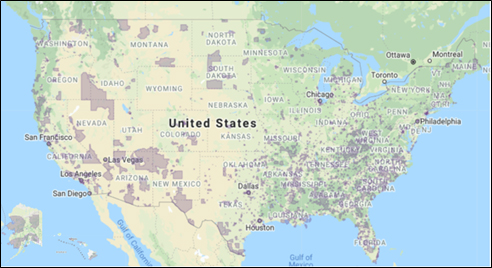A Study of Mixed-Income Housing in Areas of Concentrated Poverty
Housing and economic growth are closely linked, and nowhere is this relationship more evident than with mixed-income housing in Areas of Concentrated Poverty (ACPs). However, the knowledge base of the mixed-income market is limited. Many resources on the history and theoretical concepts regarding mixed-income are available, including research by Freddie Mac that was released in 2018, but most studies do not examine current trends, or more importantly, what the future holds for this market in the near term.
Markets generally operate more efficiently with transparency. To that end, we present new data analysis in this paper which examines rental and occupancy trends in this market, as well as analyzes construction pipeline data to measure current mixed-income development activity across the country, with a particular focus on ACPs. The purpose of our research is to provide researchers, policymakers, developers and other stakeholders with insightful analysis on this crucial housing market and show which factors are most commonly associated with mixed-income development in ACPs.
This paper is the third and final in a series released on this topic over a three-year period. In the first paper, we published research on the history of mixed-income housing and the demographic and economic characteristics of ACPs. For the second paper that was released in 2019, we conducted four case studies that examined four mixed-income properties. This paper focuses on contemporary trends that can serve as a comprehensive point-in-time resource for market data and analysis.
Read our 2020 report about Mixed-Income Housing in Areas of Concentrated Poverty.
Map of Areas of Concentrated Poverty
